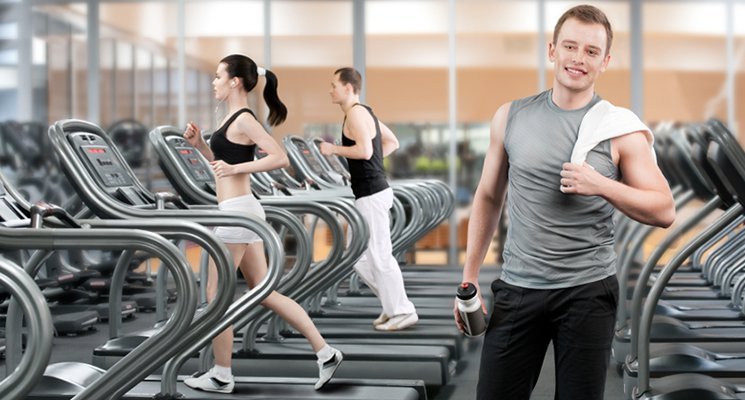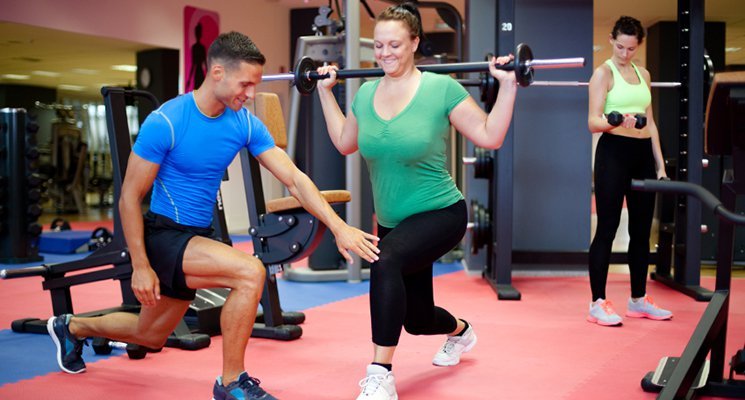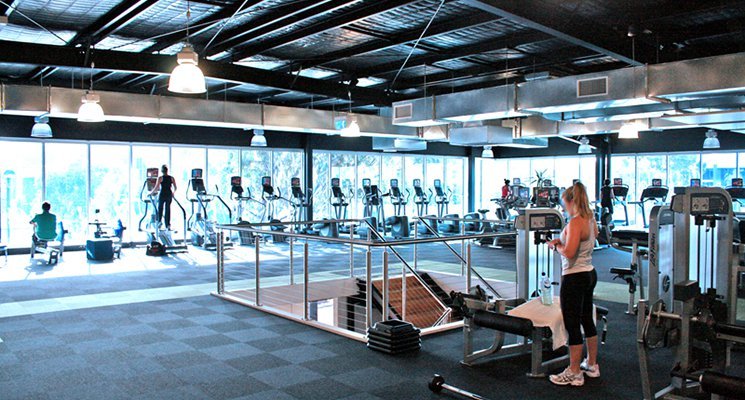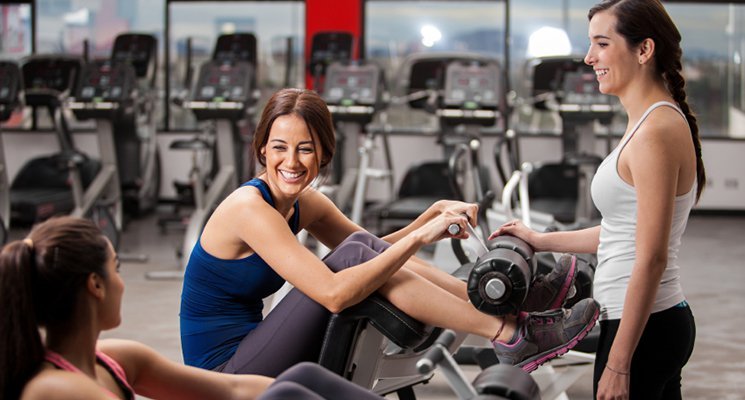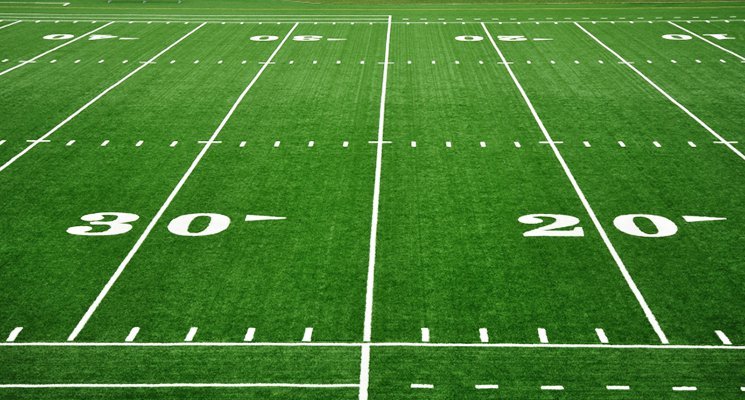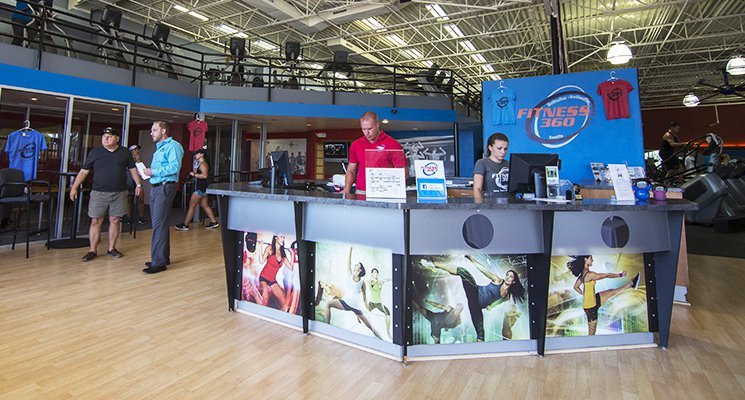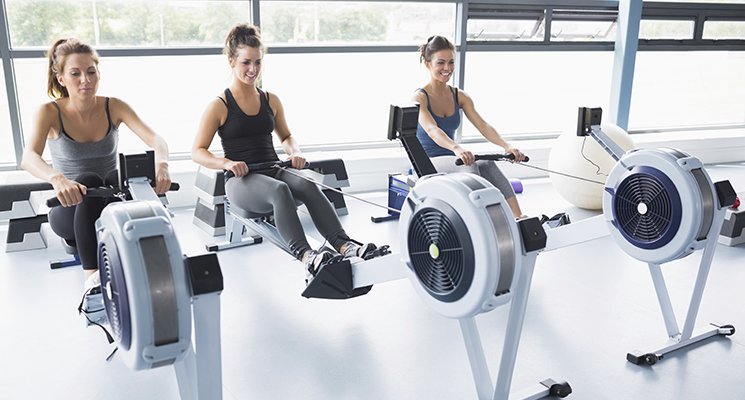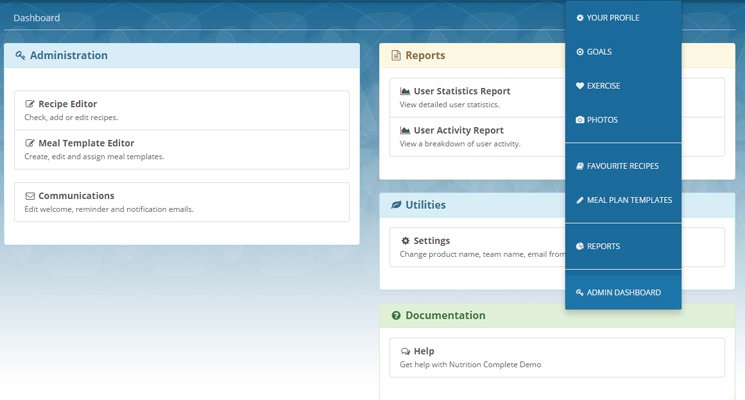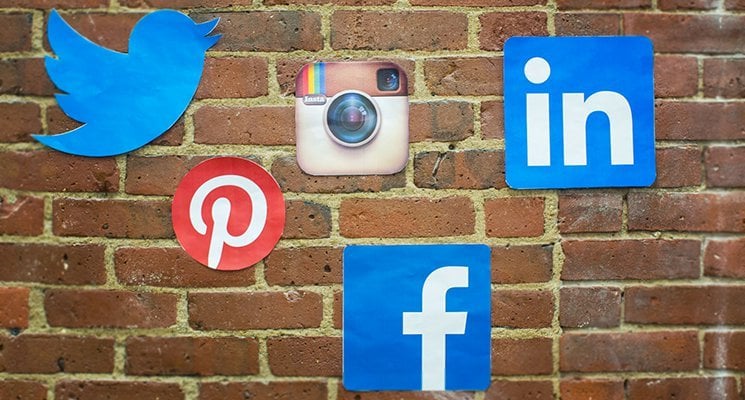The fitness industry joins with so many others in mourning Dave Goldberg, the CEO of SurveyMonkey, whose recent tragic death once again brings to light the potential dangers of treadmill use. Goldberg was exercising on a treadmill at a gym when he reportedly lost his grip on the railings, fell backward, and fatally hit his head.
Sadly, Goldberg’s accident was not a one-off thing. According to the government’s Consumer Products Safety Commission (CPSC), 24,400 people in the United States were injured so badly in treadmill accidents in 2014 that they wound up in a hospital emergency room. All in all, emergency room visits for injuries from exercise equipment totaled 62,700 in 2014, and, according to the CPSC, patients cited treadmills as the cause more than any other kind of equipment. Injuries included broken bones, amputated fingers, and concussions. Between 2003 and 2012 (the last year for which data is available), thirty treadmill-related deaths were reported. One high-profile tragedy in 2009 was the death of former boxer Mike Tyson’s four-year-old daughter, who was strangled by a cord hanging from a treadmill.
In light of the hazards, what can gyms and fitness facilities do to help ensure that members and clients are using treadmills in the safest way possible? Here are some measures you can adopt:
1) Establish treadmill rules, communicate them, and stick to them. Treadmill users should always — always — use the safety key. They should never jump off the treadmill while it’s still in motion. They should avoid using it if they feel at all faint, dizzy, or not at their best. Look forward, don’t run barefoot, and begin workout sessions by straddling the belt. Include such rules — along with ones customized to your facility — on a prominently displayed poster near your treadmill area or on a small placard on each treadmill. If your trainers or other employees see members breaking the rules, they should ask them to vacate the treadmill immediately.
2) Require treadmill users to sign a document that explains the potential hazards and warns them against unsafe practices. Asking members to sign something makes it much more likely that they’ll actually take the time to read about the risks. An ounce of prevention is worth a pound of cure, and prevention is possible only through education and awareness. It’s crucial that your members know what the risks are.
3) Review your treadmill placement. Make sure the backs of the machines are far enough away from walls and other obstructions that if a fall happened no one would be thrown into anything.
4) Teach your members how to fall — that’s right, how to fall. No matter how careful a treadmill user is, accidents can still happen. How prepared will your members be if one does? Will they know to try to keep their hands away from the belt, so that skin doesn’t get scraped or burned and fingers don’t get stuck between the frame and the belt? Will they know to try to tuck or cover their heads? Have your trainers review safe ways to fall with each new member who joins your facility, and offer occasional safety brush-up classes (not just for treadmills, but for all exercise equipment).
Without a doubt, the treadmill is a great machine. Exercisers can reap fantastic benefits from regular treadmill use, easily meeting their goals for fitness and weight loss. According to government statistics, nearly 50 million people use treadmills each year. Given that giant number, the number of related injuries is relatively small, and the number of deaths even smaller. But the goal, of course, should be zero injuries, zero deaths. Do your part to help reduce the number of treadmill-related tragedies each year.
